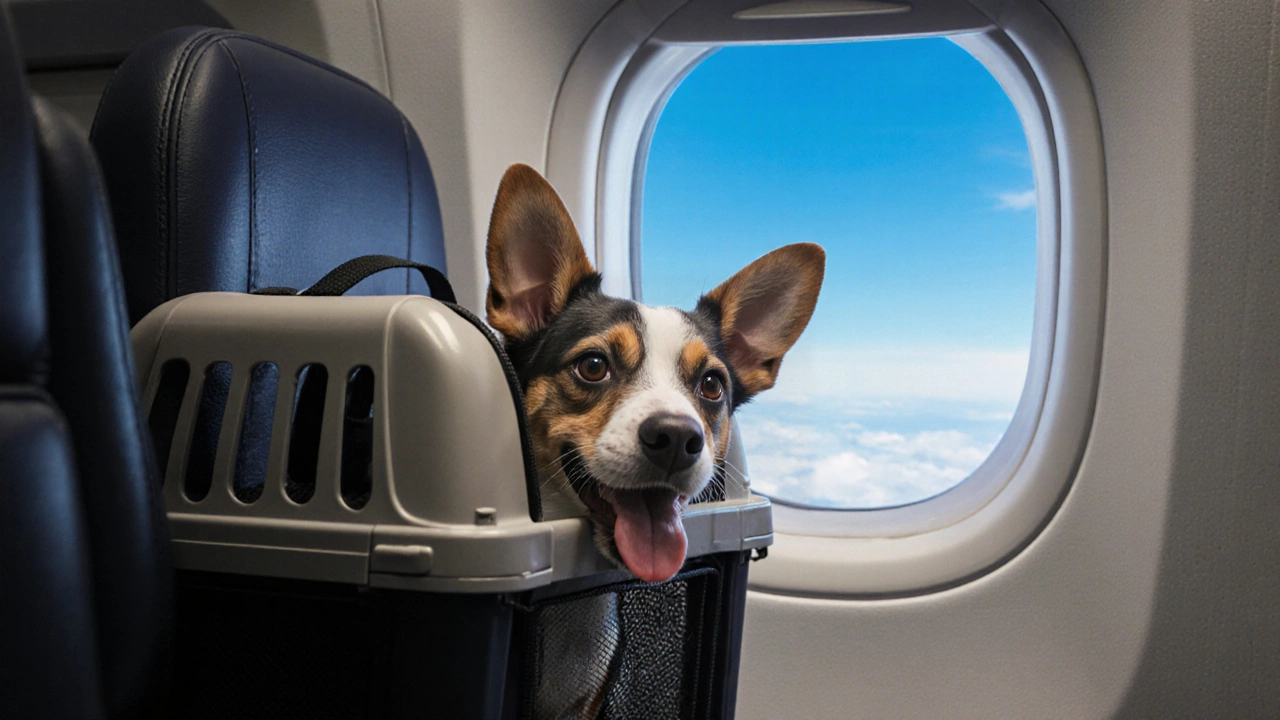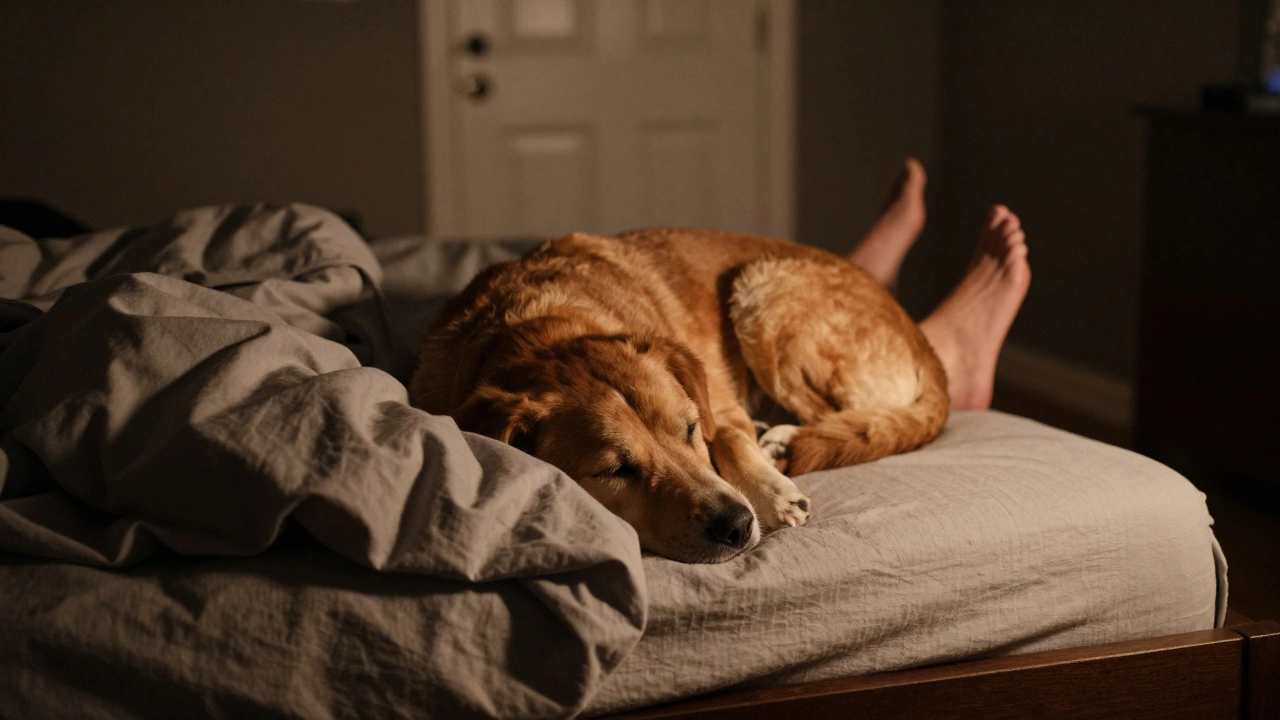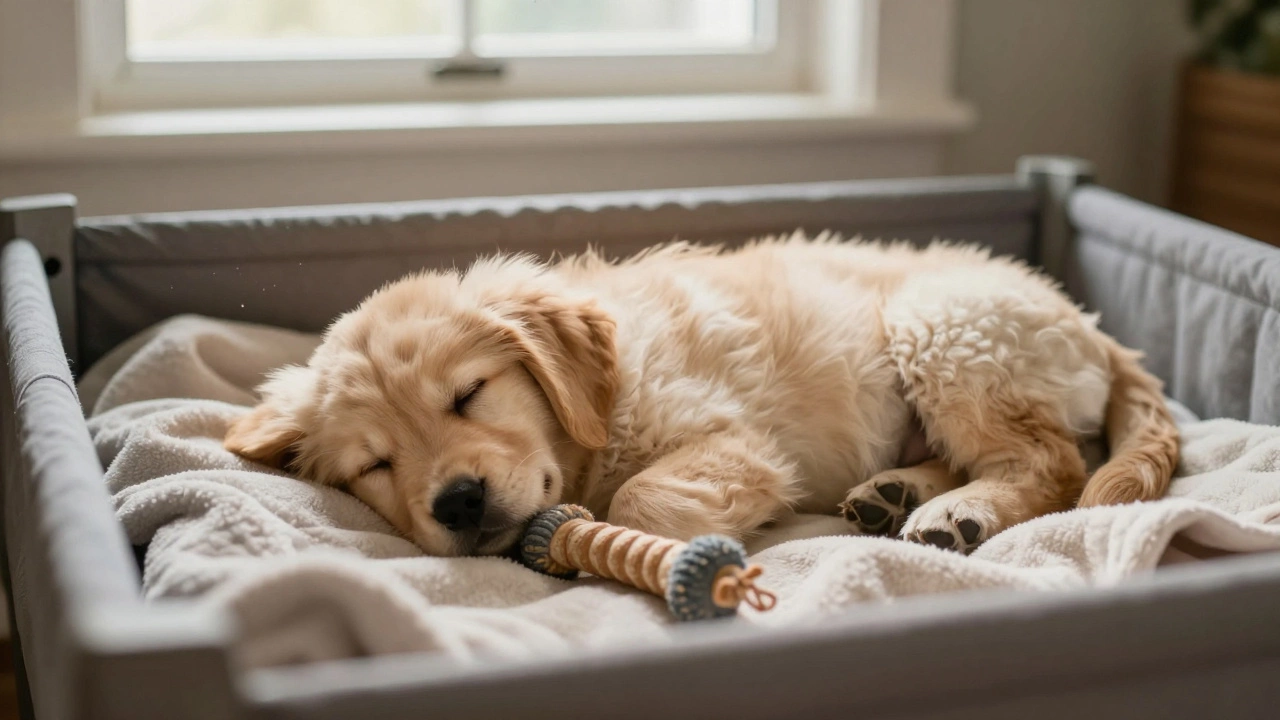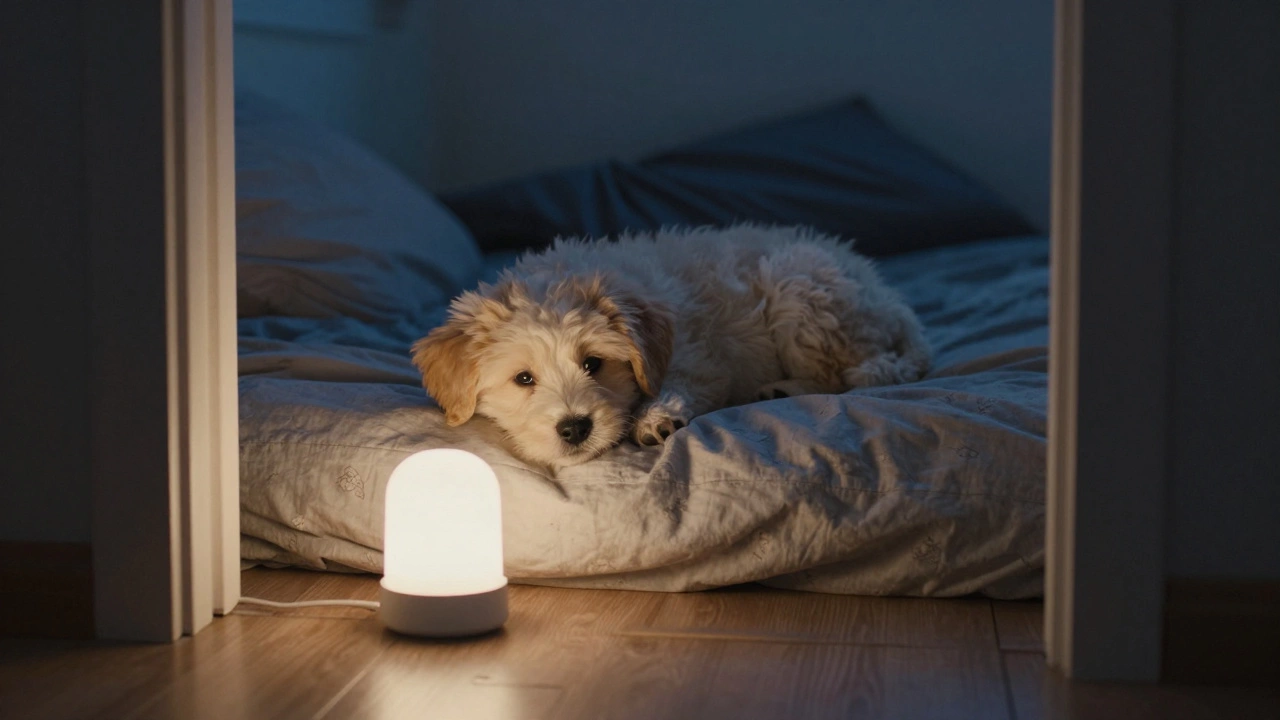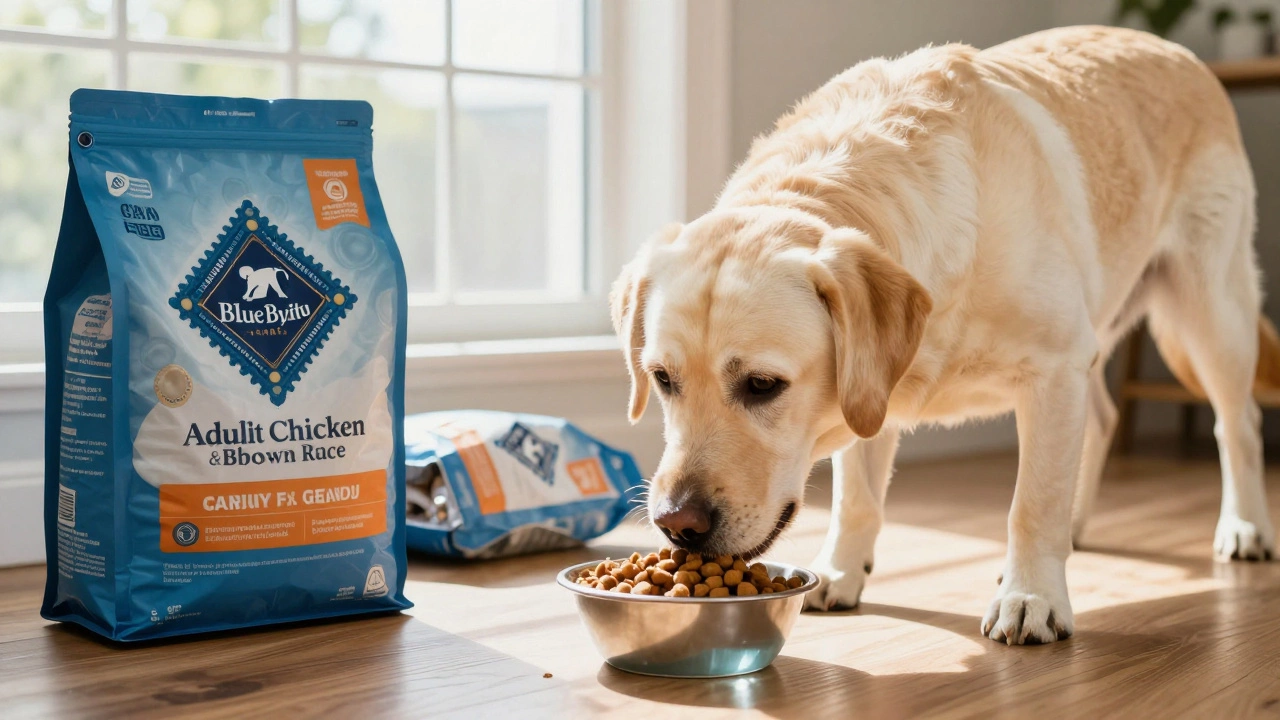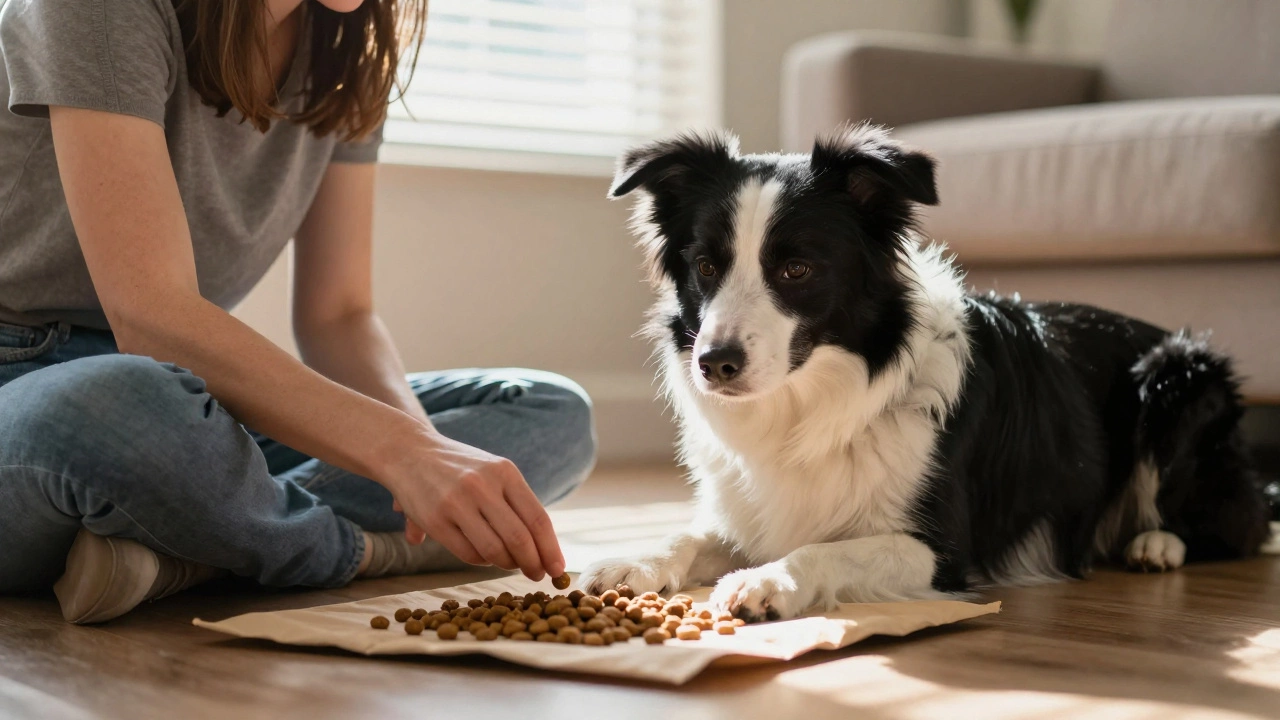Dog Flying Stress: Managing Anxiety When Your Pup Takes to the Skies
When dealing with dog flying stress, the unease a dog feels during air travel, from the loud engines to confined spaces. Also known as canine travel anxiety, it can turn a simple trip into a nightmare for both pet and owner. Understanding the triggers, the right calming tools, and the rules airlines set helps you turn that stress into a smooth ride.
One of the biggest helpers is a dog calming aid, a vet‑approved supplement or product designed to reduce anxiety without sedating the animal. These aids work by influencing the neurochemical pathways that cause stress, making it easier for dogs to settle during take‑off, turbulence, and landing. Another crucial piece is airline pet policies, the set of rules each carrier has about crate size, health paperwork, and fee structures. Knowing these policies in advance prevents last‑minute surprises and ensures the crate you choose meets safety standards.
Practical Steps to Calm Your Canine Companion
First, get the crate right. Dog crate training, the process of acclimating a dog to a travel crate through gradual exposure and positive reinforcement, is a must. A well‑trained pup will see the crate as a safe den rather than a prison, which cuts stress dramatically. Start by placing the crate in a quiet room, tossing in favorite toys, and feeding meals inside it. Over days or weeks, increase the time the dog spends inside, always rewarding calm behavior.
Next, tackle the paperwork and health prep. Most airlines require a recent health certificate, proof of up‑to‑date vaccinations, and sometimes a specific breed exemption form. Skipping this step can mean denied boarding, which spikes anxiety for both parties. Keep copies of the certificate in the travel bag and double‑check the airline’s cut‑off times.
When it comes to costs, budgeting helps keep stress low. Pet travel costs include the in‑cabin fee (usually £15‑£30 per flight), cargo fees for larger dogs, and any extra charges for oversized crates. Some carriers also charge a health certificate fee. Knowing the total ahead of time lets you plan for a calm, organized departure instead of a rushed scramble.
On the day of travel, create a pre‑flight routine that mirrors a calming bedtime ritual. A short walk to burn off excess energy, a light meal a few hours before the flight, and a final bathroom break all set the stage. If you’re using a calming aid, follow the vet’s dosage schedule—most work best when given 30‑60 minutes before departure. Keep the crate in a well‑ventilated spot, cover it lightly with a breathable blanket, and talk to your dog in a soothing voice.
During the flight, monitor the environment. Low‑volume background noise (like a calming music playlist) can mask the roar of the engines, while occasional gentle petting through the crate door (if the airline allows) reassures the dog that you’re nearby. Avoid opening the crate mid‑flight unless absolutely necessary, as that can heighten anxiety.
After landing, give your dog time to decompress. Open the crate in a quiet area, let them stretch, and offer water. A short walk in a calm space helps reset their nervous system. If any signs of lingering stress appear—excessive panting, trembling, or loss of appetite—contact your vet for a quick check‑in.
All these steps—crate training, correct calming aids, mastering airline policies, and budgeting travel costs—form a chain of actions that directly reduce dog flying stress. By preparing each link, you create a smoother journey for your pet and a less stressful experience for yourself.
Below you’ll find a curated list of guides that dive deeper into each of these topics, from choosing the right airline to picking the best calming supplement. Use them as a checklist to make your next flight a breeze for both you and your furry friend.
How Traumatic Is Air Travel for Dogs? Signs, Risks, and Practical Tips
Discover how stressful flying can be for dogs, learn to spot trauma signs, and get practical tips to keep your pet calm and safe during air travel.

